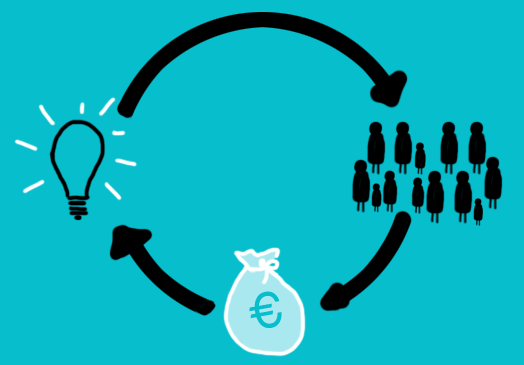Building a brand from the ground up is no simple task no matter the business. Besides the incredible amount of work that you have to put in from the start, there is a lot that is out of your control. Word of mouth marketing is still king so it’s important to build a brand that people will be passionate about. Whether they are talking about you to their friends in person or writing a Yelp! review, what they say will largely be what the general consensus is about your business. Knowing this, there are a number or things that are within your control to ensure that your brand is one worth talking about.
Here are 10 energizers which inspire people to spread the word about you.
- People will share your message, if it makes them look clever. This is why social networks are packed with Einstein quotes.
- People will share your message, if it makes them appear generous to their friends or community
- People will share your message, if they think it will make them look informed, ahead of the curve or cutting-edge.
- People will share your message, if it’s remarkable. Extremely satisfied customers tell their friends when they receive an amazing service.
- People will share your message, if they are paid to. Such as bloggers who write sponsored posts, affiliate marketers and advertising providers.
- People will share your message, if they are part of your community and want others to join in.
- People will share your message, if they believe it will help you and they care about you.
- People will share your message, if it’s baked into your product or service. When you see someone using an Apple MacBook in public, there’s an illuminated apple on the rear of their screen.
- People will share your message, if it says something they aren’t brave enough to say for themselves.
- People will share your message, if they believe it’s of great value and that their friends need to know.





